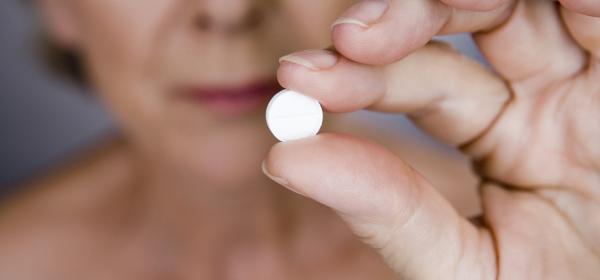It was September 24, 1984. Amadeus, Places in the Heart and Irreconcilable Differences were playing in theaters, and the number one song in America was John Waite’s “Missing You.” The New York Mets’ Dwight Gooden had just broken the rookie strikeout record, though the rival Chicago Cubs ended up taking the National League East that season — only to be defeated by the San Diego Padres in the playoffs, who were in turn defeated by the Detroit Tigers in the World Series.
On September 24, President Ronald Reagan was well into his first term and campaigning fiercely for re-election against Democratic challenger Walter Mondale. It was a warm Monday afternoon, and the president had just returned from a visit to the United Nations in New York City. After remarking about how it would be better if the seats in the Rose Garden were white instead of heat-absorbing black, he turned to the matter at hand, signing the Drug Price Competition and Patent Term Restoration Act. Better known by the name of its two sponsors, Senator Orrin Hatch (R-UT) and Representative Henry Waxman (D-CA), the Hatch-Waxman Amendments gave rise to the modern generic pharmaceutical industry as we know it.
President Reagan signing the Drug Price Competition and Patent Term Restoration Act of 1984 with Strom Thurmond, Margaret Heckler, Charles Mathias, Henry Waxman and Orrin Hatch in the Rose Garden. Ronald Reagan Presidential Library.
“Fact is,” the president said, “it’s estimated that consumers will save more than a billion dollars over the next 10 years.” This savings turned out to be much larger and have have continued to grow since then. Last year, according to AAM’s Access & Savings Report, generic savings for consumers and the U.S. health care system totaled $293 billion, and the 2008-18 savings hit $2 trillion. These are the savings realized by patients taking lower-priced generics instead of the equivalent brand medicine.
Regarded as a model of bipartisanship, Hatch-Waxman not only yielded savings for patients and taxpayers. It also spurred investment in research and development. The legislation and its deft balance between access and innovation became the model for its biosimilars counterpart, the Biologics Price Competition and Innovation Act of 2009.
“When you add it all up,” the president concluded, “this bill will provide regulatory relief, increased competition, economy in government, and best of all, the American people will save money, and yet receive the best medicine that pharmaceutical science can provide.”
Born on September 24, America’s generic drug industry shares a birthday with F. Scott Fitzgerald, who famously wrote, “There are no second acts in American lives.” By signing Hatch-Waxman into law, however, President Reagan made all American lives healthier and more productive through access to FDA-approved generic medicines.
- Details on the Capitol Hill celebration: View Event
- Follow #hb2generics and share your birthday photo: View Social Toolkit
- View photo album on Facebook

By Erica Klinger, AAM Marketing Director

